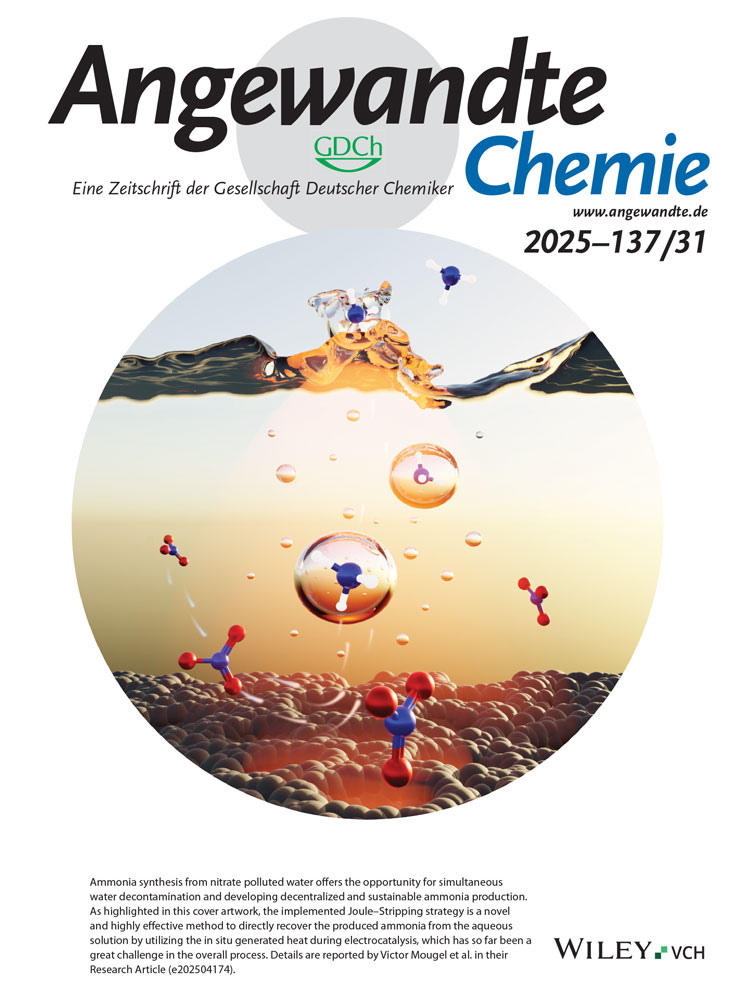Das „Phosphonioyl(phosphorandiyl)carben”︁ [(iPr2N)2P(H)CP(NiPr2)2]+ als Quelle neuartiger Diphosphaallene mit Ylid-Struktur: die ersten Car-bodiphosphorane mit H-substituiertem Phosphor†
Diese Arbeit wurde vom Centre National de la Recherche Scientifique gefördert. Wir danken Prof. Dr. R. Ahlrichs, Karlsruhe, für die Mitteilung unveröffentlichter Rechenergebnisse und Dr. Reed für anregende Diskussionen.
Abstract
1,2-Verschiebungen der Wasserstoffatome, wobei schließlich ein Alkylidenphosphoran und ein Diphosphinomethan entstehen, sind die Folgereaktionen der H-substituierten Carbodiphosphorane 1 bzw. 2, die aus der Titelverbindung 3 (Gegenion CF3SO ) durch Umsetzung mit NaBF4 bzw. tBuLi zugänglich sind. Wird dagegen das Proton aus 3 mit tBuOK abstrahiert, bildet sich das Phosphaalken 4.
) durch Umsetzung mit NaBF4 bzw. tBuLi zugänglich sind. Wird dagegen das Proton aus 3 mit tBuOK abstrahiert, bildet sich das Phosphaalken 4.





